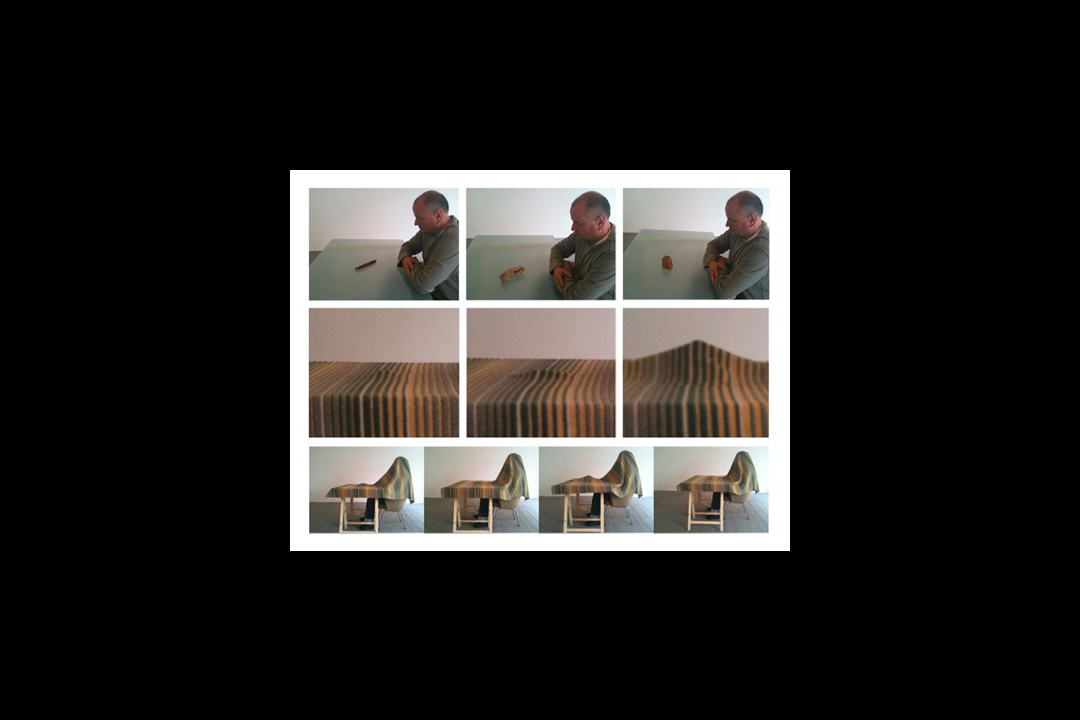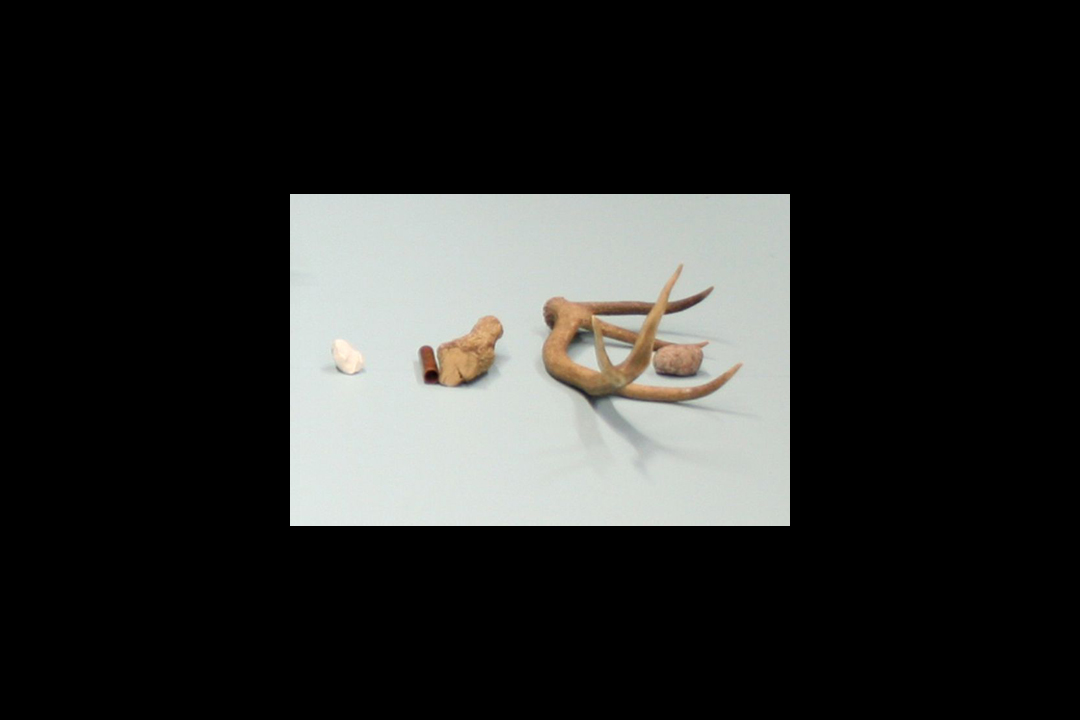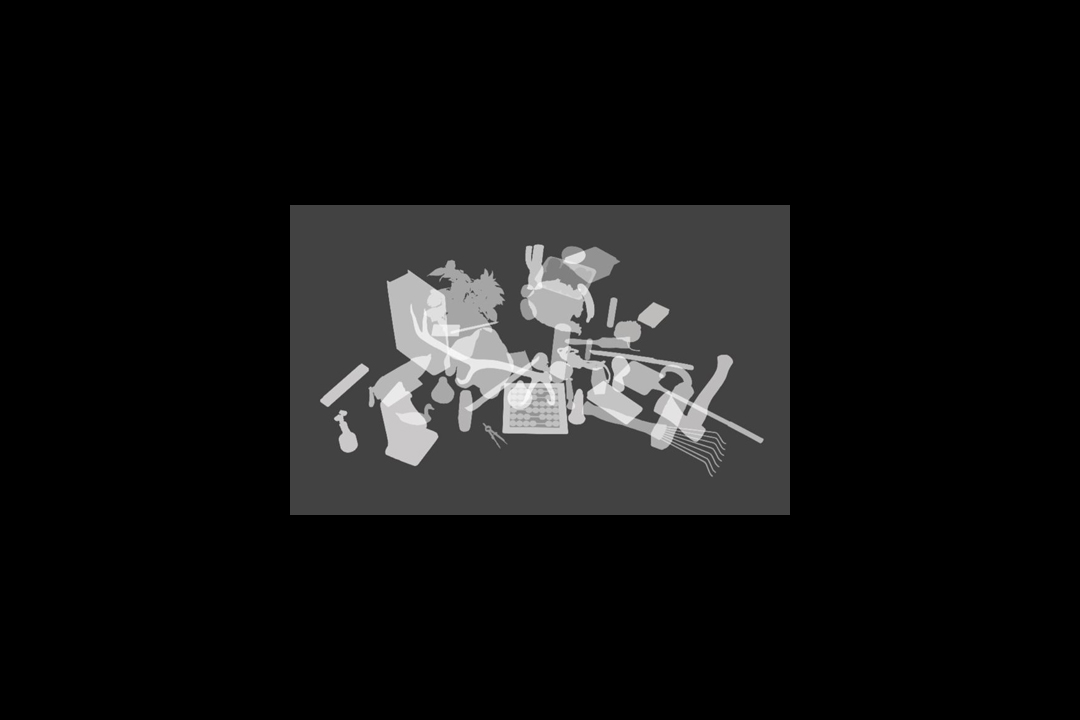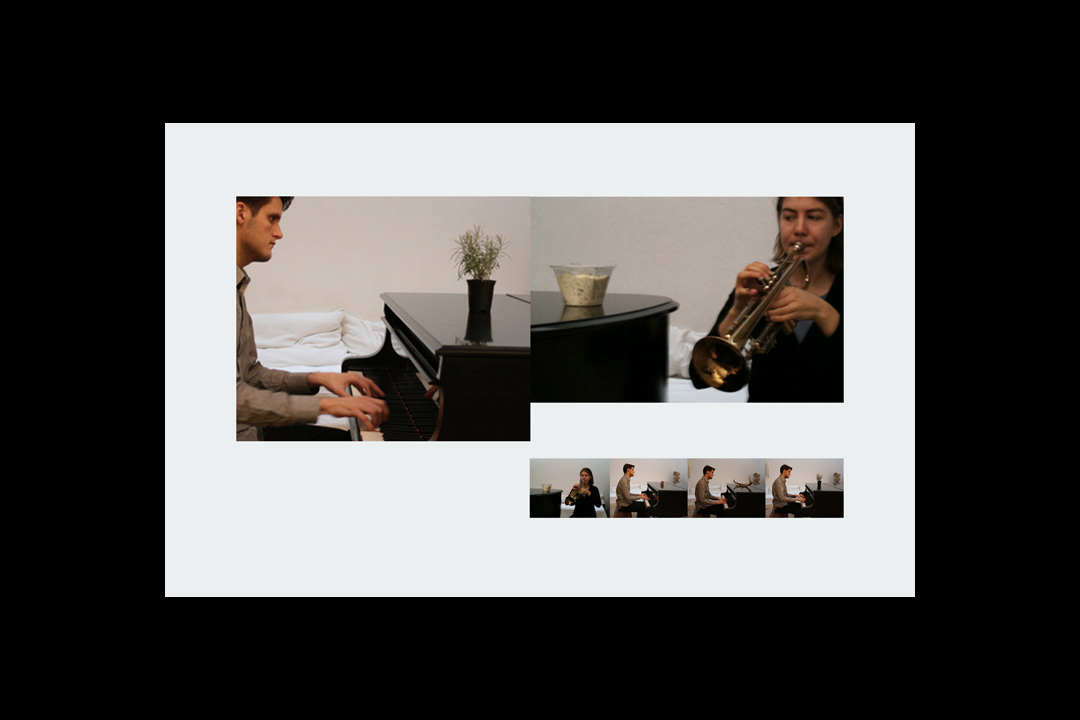Dumb Fixity
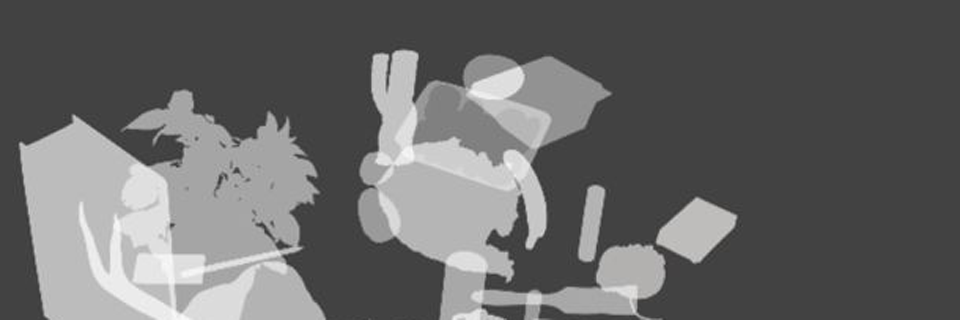
Research Centre
Art and Design Research Centre
Date
2010
What do these forces look like: the push and pull of matter, material’s resistance or attraction, active or passive agencies, phobic pushes and fetishistic pulls? Are these forces capable of forming a vocabulary?
If we may agree that there is another unheard language, beyond the ring of our ears, may we begin to say what ‘is being said’, what we ‘are not hearing’? This forces us to look deeper, to search for patterns, to learn how to recognise the forces at play. What do these forces look like: the push and pull of matter, material’s resistance or attraction, active or passive agencies, phobic pushes and fetishistic pulls? Are these forces capable of forming a vocabulary?
The research has acquired a particular methodology of orientation, an extensive study for establishing the true relational proximities of objects in a ‘specified site’. This form of address is quantitative, involving a significant contribution from many perceptive participants; the process offers a means to map a non-subjective actuality (fixity), an associative and relative system of significance that challenges conventional interpretations of materiality.
This practice is primarily a series of art works and a visual archive, including: The Listening Project, The agency of objects, and a book entitled Dumb Fixity: The Impossible Question. These works can be viewed independently of the orientation methodology, while remaining faithful to translation.
TC McCormack has collaborated on the project with the artist Martin Gent for over four years. Behind this body of work lies an ongoing curiosity with co-presence and the animistic gaze.
Dumb Fixity: The Impossible Question
TC McCormack, Martin J. Gent, and Esther Leslie
London: Artwords Press 2010
ISBN 9781906441227
A collaboration between the artists TC McCormack and Martin Gent with Ester Lesley: Professor in Political Aesthetics. This book began as a speculative response to a question posed by Walter Benjamin the German philosopher and critic:
‘How then do we begin to hear the mountain, the fox or even the kettle?’
To speculate on what means are needed to hear what they are telling us, a more abstract set of phenomena would need to be explored. The first question was whether the subjective interpretations of our human-centric perspective can be negated - can our human desire to name, label, and categorise be transcended? The answer is that this is impossible: we cannot escape comprehending and defining the world through language. So how then do we begin to hear the mountain, the fox or the lamp?
1 ‘Who does the lamp communicate with? The mountain? The fox?’ What would they tell us? Are they speaking already and we just don’t hear them? And who will translate them?’ (Walter Benjamin)
2 Public disputation event at Documenta 6 (1977), featuring John Latham and Joseph Beuys, billed Pragmatism versus Idealism.
3 A consultative branch of this research has been developed in response to a recent commission with Kettles Yard gallery. A qualitative adaption of our methodology of orientation was applied to this organisation, to interpret how the public views them (gallery, agency) and to explore how visible language (text) can be enhanced. Another variation of this research is being developed with the support of Spinach consultancy.
Researchers involved
TC (Col) McCormack - Senior Lecturer, Fine Art
Related projects
Not for You - Are you not fed up at finding yourselves forever locked into language alone...
Object Abuse - OA‘s function is to invite a multidisciplinary engagement: as a forum...

